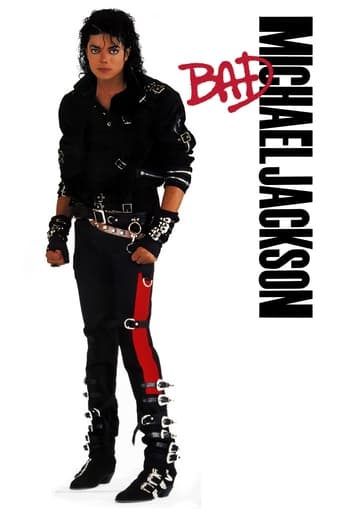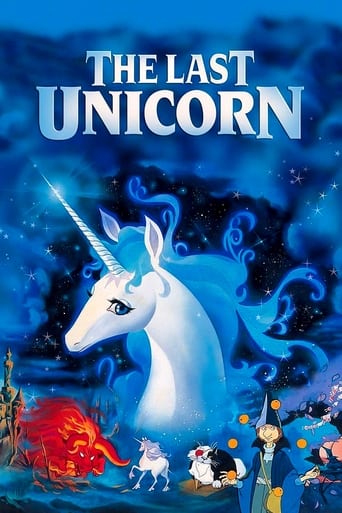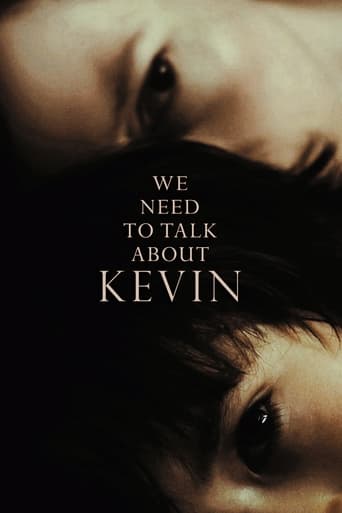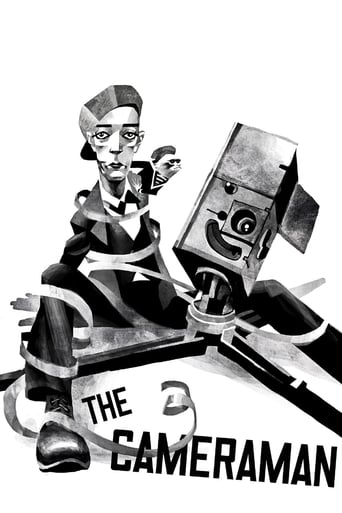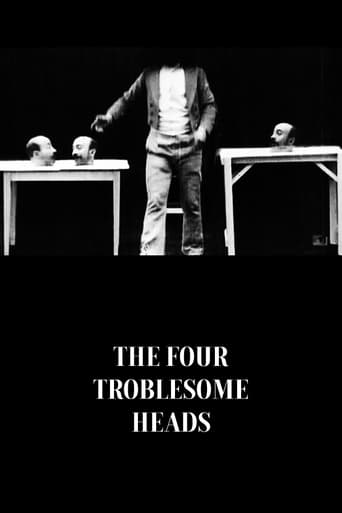


The Four Troublesome Heads
One of the greatest of black art pictures. The conjurer appears before the audience, with his head in its proper place. He then removes his head, and throwing it in the air, it appears on the table opposite another head, and both detached heads sing in unison. The conjurer then removes it a third time. You then see all three of his heads, which are exact duplicates, upon the table at one time, while the conjurer again stands before the audience with his head perfectly intact, singing in unison with the three heads upon the table. He closes the picture by bowing himself from the stage.
-
- Cast:
- Georges Méliès


Similar titles



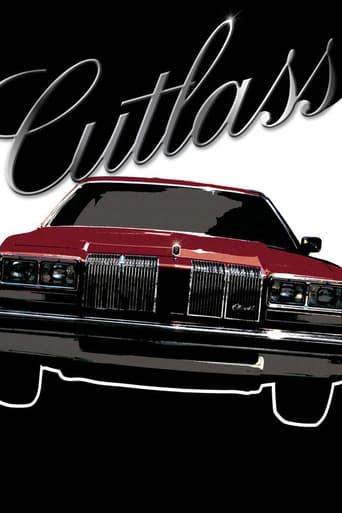
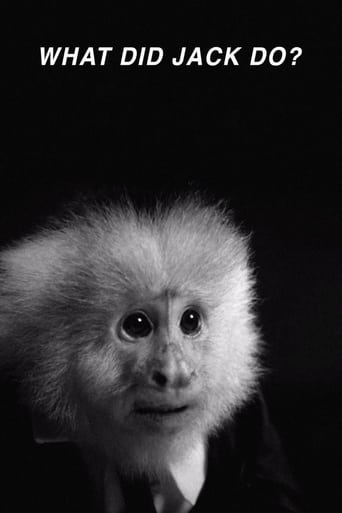
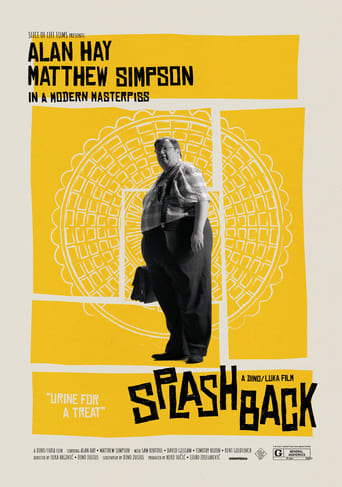
Reviews
Wonderfully offbeat film!
Absolutely brilliant
The movie turns out to be a little better than the average. Starting from a romantic formula often seen in the cinema, it ends in the most predictable (and somewhat bland) way.
It's a movie as timely as it is provocative and amazingly, for much of its running time, it is weirdly funny.
It's tempting to see the two great French pioneer film makers, the Lumière brothers and Georges Méliès, as two opposing poles of the cinema — the documentary depiction of reality set against the drive to enhance reality, and show things that previously couldn't be shown. But this is over-simplistic. First it underestimates the extent to which, even in their earliest films, the Lumières were taking aesthetic decisions about exactly which slices of reality to depict, and how — consider the camera placement and timing, for example, in L'arrivée d'un train à La Ciotat. Not long afterwards, they took to re-enacting events they weren't able to film for real.Meanwhile Méliès, for all that he seemed to take a more forward looking and adventurous approach to the possibilities of cinema, was deeply rooted in a much older tradition. He was a stage magician and illusionist, owner of Paris's Théâtre Robert-Houdin, an heir to the staged spectacle, the Fantasmagorie and the magic lantern show. Attending the Lumières' first Paris exhibition in 1895, he immediately saw the potential of this technology in achieving illusions he'd already been pursuing by other means. The brothers refused his offer to buy one of their machines, but within a year he bought a projector from Robert Paul in London and built a camera himself.Méliès' tradition is explicit in this film, which is staged as if in a theatre, with the man himself as the magician performing to an imaginary audience, and even taking a bow at the end. But the illusion presented would be impossible to achieve so convincingly without film. Méliès several times removes his own head and places it on a table, then regrows a new one, until he's surrounded by three detached heads, all jabbering away animatedly at each other to prove how alive they are. He attempts to wrangle them into singing together, but soon gives up in frustration and extinguishes two of them with a blow from his banjo.It's funny and visually striking but also poignant — the film externalises our experience of conflicting inner dialogues. How much we've sometimes wished to shut up some of our own jabbering heads with the swat of a banjo.A wiry, balding man with a naturally comical appearance, Méliès regularly performed in his own films, often decomposing and distorting the image of his own body, and particularly his head. He's always worth watching and this is a particularly fine example of his eccentric, athletic and manically energetic style — you can believe he's capable of bullying reality into new shapes by force of gesticulation. Like many of the pioneers, he never reaped the just rewards of his foresight, and it's rather saddening to see his energy here and then remember that he ended his career scraping a living selling sweets and toys from a kiosk at Gare Montparnasse.
Georges Melies was a stage magician before turning to film, so it's no surprise that he plays a stage magician. But in his films, Georges does what no stage magician could possibly do.In "Un homme de tete", Melies repeatedly takes his head off and grows a new one three times, then gets out a banjo and sings a quartet with bodyless selves. The fluidity and aplomb with which he performs is nothing short of remarkable.While many early films are primarily interesting for their historical value, Melies' transcend mere museum pieces. Like Buster Keaton's silent films, they are timeless and retain their charm -- in this case, well over 100 years later.
"The Four Troublesome Heads" is one of the earliest surviving films by Georges Méliès to employ the multiple exposure technique, or superimposition effect. He used the technique earlier in "The Cabinet of Mephistopheles" (Le Cebinet de Méphistophélès)(1897), but it appears to be lost. (There's also a brief superimposition in "The Magician" (Le magicien)(1898), for a head on a stand.) It's uncertain whether Méliès or George Albert Smith introduced the trick to cinema, although what seems to be the earliest relevant film that I know of is the aforementioned film by Méliès. Smith tried to patent "the invention of double exposure applied to animated photography", but that was frivolous since the technique was already in use in still photography. Somewhere from around July to October 1898, Smith made at least six films that employed the trick. In "The Corsican Brothers", "Photographing a Ghost" and "The Mesmerist, or Body and Soul", Smith used multiple exposures to make transparent ghosts. He also used the technique, coupled with a masked camera lens, to create a scene-within-a-scene vision in "The Corscican Brothers", "Cinderella", "Faust and Mephistopheles" and "Santa Claus". In regards to masking the camera, Smith, indeed, seems to have introduced it to motion pictures. Méliès would later use masking for his multiple-exposure trick films, such as "A Mysterious Portrait" (Le Portrait Mystérieux) (1899) and "The One-Man Band" (L' Homme orchestre) (1900). Nevertheless, the uncertainty is somewhat moot given that Méliès and Smith are known to have had discussions around the time of these inventions, and both filmmakers were leaders in exploring the possibilities of motion pictures.The superimpositions of "The Four Troublesome Heads" are not for ghosts, but, rather, are for four cloned heads of same texture; this effect of same texture is achieved with the black background. In this film, Méliès accomplished the headless and no body effects by masking himself with black clothing. Additionally, a dummy head was used while the Méliès with a body moved the heads to the table. For these transitions, Méliès employed his second essential trick of stop-substitutions (a.k.a. substitution splicing). The camera operator stopped the camera – the scene was rearranged – and filming resumed. They are essentially jump cuts touched up by post-production splicing. Méliès had already used the stop-substitution trick in such films as "The Vanishing Lady" (Escamotage d'une dame au théâtre Robert Houdin) (1896), and it would continue to be probably his most used trick during his film-making career.Yet, these tricks are only of a technical and filmic history interest without Méliès's unique showmanship and enthusiasm, which was largely responsible for the immense popularity of his films in his own day and the preference of today's audiences for the films of Méliès over those by other early filmmakers. Méliès was, indeed, more cultured and absorbed with theatrical traditions than were his contemporaries. Later, filmmakers would surpass much of his theatrical style, but at the time of this film, he was leading the way with it.
In December of 1895, the Lumière brothers began the first series of screenings of their "moving pictures" starting with this the history of cinema as a form of entertainment. Among those first impressed by the magic of motion pictures was a man who differed from the Lumière's idea of using cinema only for scientific purposes, the stage magician Georges Méliès. Story says that the very day he watched a movie for the first time, Méliès bought a Lumière cinematographer to do his own movies as he discovered the potential of movies as an art form. Like all the early pioneers, Méliès started with short documentaries, but quickly he put in practice his idea of using the invention to tell stories. His continuous experimentation took him in 1896 to the discovery of many special effects where he was finally able to "transform reality" in his movies. The amazing "Cinemagician" had arrived and with him, cinema as a narrative art had been born.1898's "Un Homme De Têtes" (Literally "A man of heads", but better known as "The Four Troublesome Heads") is one of the earliest surviving films done by Méliès, and while not as well known as his posterior work, it already shows the amazing talent that the magician had as a creator of special effects. As many of his earliest movies, "Un Homme De Têtes" is basically a short movie where he shows a magical trick impossible to achieve in real life. In this case, a magician (Méliès himself) appears on stage, and removes his own head with magic, putting it in a table next to him. Suddenly, another head appears over his shoulders and the head on the table begins to sing. The magician repeats the trick until he has three heads on a table besides his own, and now he has four singing heads to perform a song.Barely with little less of a minute of duration, "Un Homme De Têtes" is a wonderful display of Méliès' talent with special effects, as with a mixture of prosthetics, dissolves and multiple exposures he achieves a very lively representation of his magic. While for today's technologies this little trick is pretty easy to achieve, it is a remarkable achievement for early film-making, as the "gimmick" surprisingly looks very real and still is very effective despite being over 100 years old. The way Méliès conceived the trick is also worthy of praise, as the movie feels very fluid and the necessary cuts for the trick are done very smoothly. As with most "gimmick films", there is no plot other than a magician performing his act as if it was a theater presentation, however, Méliès makes a very charming performance as the magician that adds a lot to the movie's atmosphere of being in a circus.French director Georges Méliès is definitely better remembered for his early fantasy films like his version of "Cinderella" ("Cendrillon") or his famous "A Trip to the Moon" ("Le Voyage Dans la lune"), movies where not only he showed wonderful special effects, but also a brilliant narrative skill and a vision for set designs. However, it was with films like "Un Homme De Têtes" where everything started, and when one compares Méliès' early work with the early films of other pioneers, one can see who was truly the superior filmmaker at the time. Definitely one of the early masters of cinema, Georges Méliès' work is one of clever tricks, enormous imagination and true magic, as he was probably the first person who knew that cinema was the factory of dreams. After all, he was not called the "Cinemagician" for nothing. 7/10

